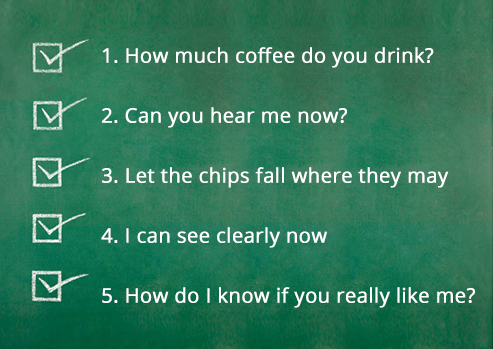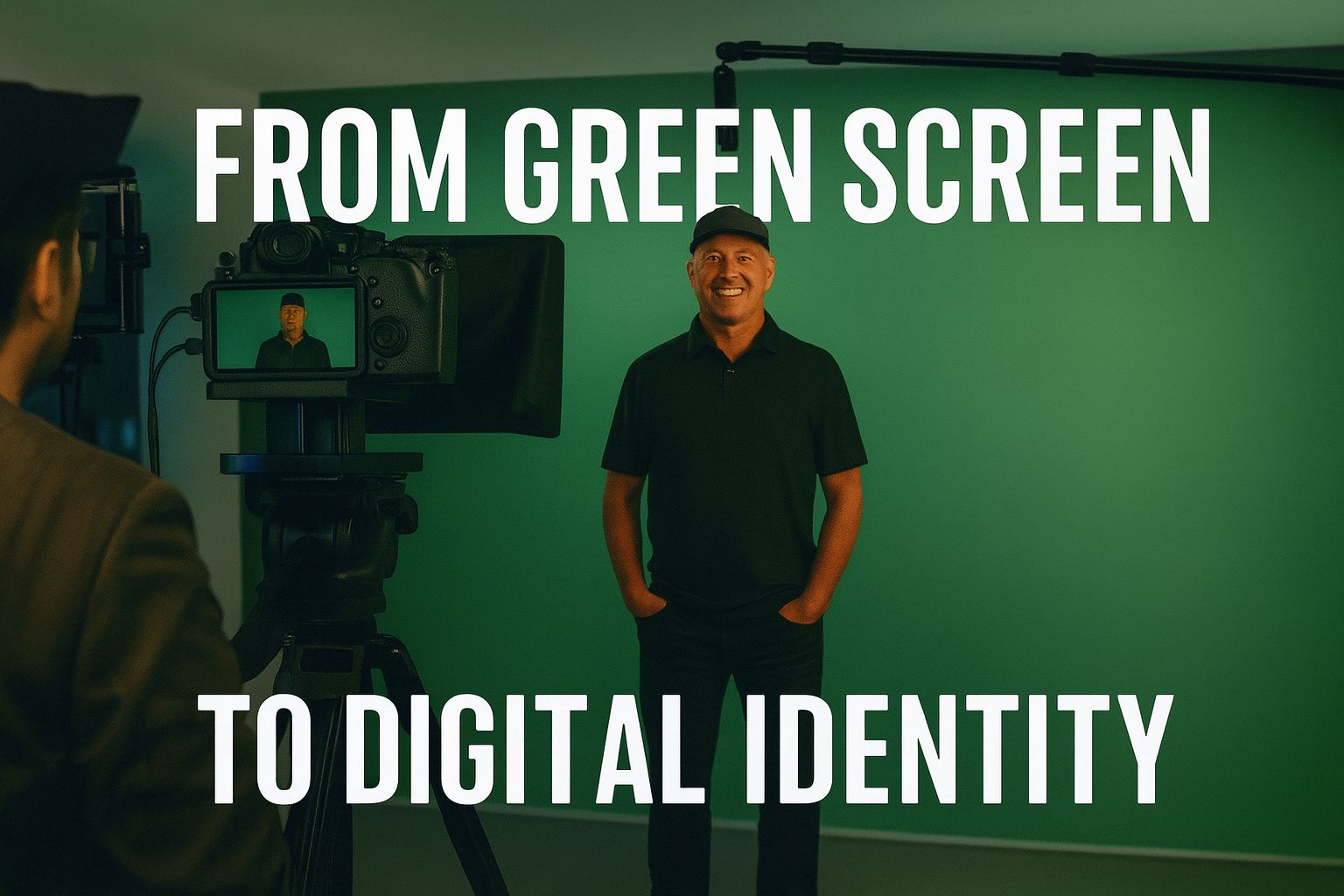
Inexpensive Ways to Make Your Videos Look More Professional
Melanie Peters, Social Media/Video Marketing Specialist
Video is HUGE. It’s just everywhere and expected to grow and grow, driving properly hosted videos to the top of search engine rankings. In fact, it’s predicted that 90% of all web content will be video by the end of 2013. Ok, so it’s everywhere, and you should be doing it, got it. But can you shoot it yourself with good results? The answer lies in several questions.
1. How much coffee do you drink?
• Ask anyone if they think they jiggle, and if you don’t get smacked, they’ll likely tell you, “Nope, I don’t think so. I’ve got a pretty steady hand”. Well, you’re gonna jiggle if you have a pulse, period. Your .5 ounce smart phone will look like you’ve had 10 cups of Starbuck’s if you don’t use a tripod. I know it sounds rudimentary, but you’d be amazed the amount of home shot videos I’ve seen of really great content, and the camera is roaming around like it’s looking for the Loch Ness Monster. They do make tripods for some smart phones. So if you must use your phone as a camera, get one.
2. Can you hear me now?
• If you’re making a video of your cat playing with a paper bag, sound quality isn’t going to be a huge factor in your production. But if you’re talking to your customers, colleagues, or selling me something, I must be able to hear you clearly to “believe” you. Spend $80 and get an inexpensive wireless lavaliere mic system. You will eliminate the echo effect of the room you are shooting in, eliminate background noise, and entice the viewer to engage with you in your discussion.
3. Let the chips fall where they may
• Ever wonder why two cameras that look the same can vary in cost so much? It’s all in the camera’s ability to see light (lens), and it’s ability to process what it sees (sensor chip). That lens and sensor mean the difference between grainy footage, and crystal clear, like your standing in the room, footage. Before HD cameras were the norm, a 3 chip camera was optimal. One chip representing each primary color, so the workload was spread out, giving you better digital picture quality. You can pick these up a lot cheaper that an HD camera most of the time, but depending on your budget, weigh each option. And make sure it has the ability to plug in your new wireless mic too.
4. I can see clearly now
• Video doesn’t like darkness, it doesn’t have a flash like your still camera does. Your subject needs to be well lit, preferably with some sort of diffused light, such as indirect sun, or if you’re indoors, open all the doors and windows to let in as much natural light as possible, then use an additional light source directly on your subject. We could do a series on lighting alone, and in fact, we just might, but for now, try and shoot your videos during the day, in the shade, or spend a few bucks on a freestanding camera light.
5. How do I know if you really like me?
• Ahhhhhh, now we get to the nitty gritty. How do you measure the success of your work? Is it the number of “likes” your friends give you when you post it on Facebook? Or the number of “views” you get on YouTube? Knowing how long someone watched your video, what they did to find it, and what they did next are just some of the critical analytics you will NOT get if you are hosting your videos on a public site like YouTube or Vimeo. Professionally branded videos are hosted on third party sites like Oculu, where detailed analytics can be seen, informing you of exactly how effective your videos are at reaching your audience. Plus, many times those public sites are blocked from viewers by company firewalls, where as Oculu is generally not. Choose a host that is easy to use, and will give you the best results.





